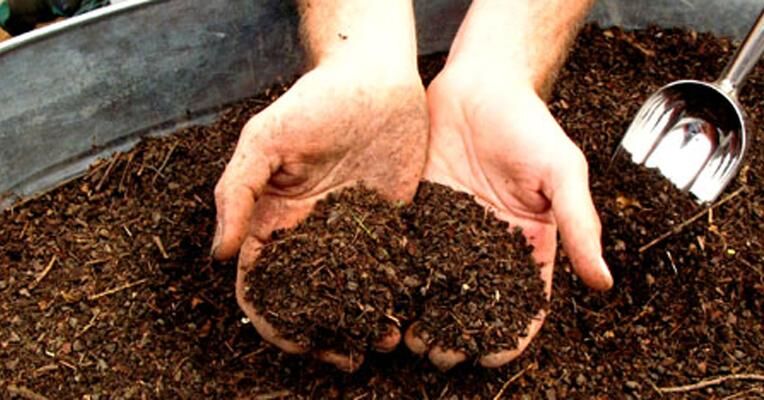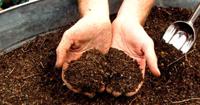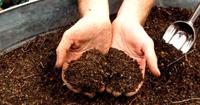At Draper Media, the parent company of WBOC, we’ve taken the challenge to reduce our environmental impact by powering our Salisbury, Md., station with clean, renewable energy powered by the sun. We're now celebrating our company going green. On Thursday, Oct. 1, we're featuring news stories, green tips, and green facts.
Composting. You've probably heard about it before, but what exactly is it?
Simply put, it's taking organic matter, and using it to replenish soil with nutrients. There are lots of ways to compost, but we're simplifying the method here for you!
First and foremost, it's important to know the core elements in composting. There are several.
Ingredients for a successful compost
The two main components for a successful compost include a 2:1 balance of "Greens" to "Browns."
"Greens" are elements high in nitrogen. They include items such as vegetable and fruit scraps, grass clippings, coffee grounds, trimmings from plants, eggshells and manure.
"Browns" are the second part of the equation, they are items rich in carbon. They include things like dried leaves, twigs, chipped wood and bark, straw or hay, paper and cotton fabric.
When forming your compost, the 2:1 ratio of these elements is crucial in creating soil rich with nutrients.
That being said, let's compost!
Step 1: Pick a space in your yard. Optimally around 2-3 cubic feet at minimum. The space should be flat, and allow for you to dig a foot or so down.
Step 2: Begin to dig, creating a relatively equal level of soil at the bottom.
Step 3: Add your ingredients! We first begin with a small layer of "browns" followed by a layer of "greens", the rest of the way can be a blend of the two, while still maintaining the 2:1 ratio of "green" to "brown" (Browns are placed first to allow for oxygen to better access the mixture
Step 4: Continue layering until all elements have been added. Then, seal it all up with the remaining soil from the actual earth you dug up.
Step 5: Water the soil slightly, it should be damp but not sopping wet. The moisture will allow the bacteria and microbes involved in the decomposition process to go to work!
Step 6: Come back every week or so to turn the soil. When you mix the soil, you are aerating the surface and stimulating the microbes to work to their full potential!
Step 7: After a few months, you should be able to return to some high nutrient soil! Use the soil to plant and feed vegetable gardens, flower pots or whatever else you grow at home!
Happy composting!
For more resources on how to go green
click here.





